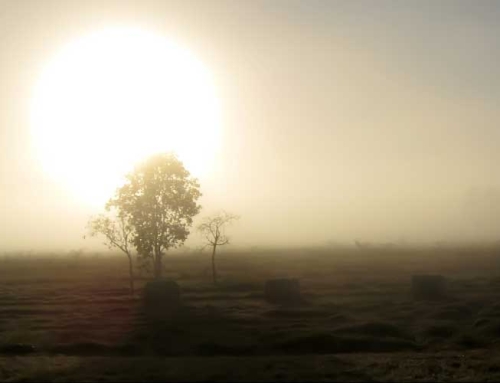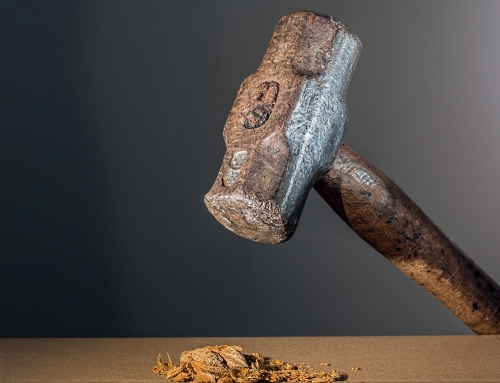This is the first of ten posts in our “Productivity Belts” series.
Those familiar with David Allen and his books on productivity know that part of the inspiration for his approach comes from his years as a practitioner in the martial arts. In addition to being a productivity guru, he also has a black belt in karate. In the early days, the color of the belt was determined by wear, such that the brown or black color developed over many years of practice. Today the belts are dyed in the various colors and awarded at various points in a person’s career. Everyone begins with a white belt and graduates on through the other colors as they master different levels of proficiency in the art. Ready-Set-Do! awards users various productivity belts as they master some of the Getting Things Done® habits. In this series of posts, we describe each of these levels, beginning with the White Belt.
So what is “White Belt Productivity?” Earning your White Belt level in productivity requires mastering a few of the basic habits of getting things done. First, you have mastered the habit of emptying your head whenever you have a new thought or idea. Whether this is capturing an idea on a set of 3×5 cards you keep in your pocket, a pocket briefcase, a recording device, or on your smartphone, you have the tools (and you keep them close) for capturing your ideas whenever they come to you. Second, you have mastered the habit of getting your inbox to empty. This means following the sequence of questions David Allen recommends for processing your stuff one item at-a-time. For each item in your inbox, you pick it up and ask the question “What is it?” You define what it is. You ask whether it is actionable or non-actionable. If actionable, you specify the very next physical action along with the location context for getting it done (e.g., @ Home: Next action for you to do). And you file it in your Actionable folder to do later. If it’s not actionable, you decide whether it goes to the trash, Reference, Someday-Maybe, your Tickler, or your Waiting For folder. Third, you’ve begun doing the things you’ve filed in various folders in your system. You’ve taken out your Actionable, Waiting For, and Read-Review folders and begun working through things based on your location context. For example, when you were at a phone, you pulled out your @Phone tasks and started cranking through them. You’ve also done the same for your @Home, @Office, @Computer, @Online, and other location contexts. You follow up on any Waiting For items you can from your Waiting For folder. And you never forget to pull out some reading from your Read-Review folder when you’re standing in line, waiting at an airport, or taking a train ride.
If you are operating at White Belt productivity, the processes you spend the most time with are collection and processing. You’ve experienced a new level of organization by having the various GTD folders to process your stuff in. And you’ve begun doing things in your Actionable, Read-Review, and Waiting For folders. Next time we will discuss what it takes to achieve Yellow Belt productivity.








I just recently started with RSD and one of the things I’ve found most helpful was to assign a keyboard shortcut to “Empty Your Head.” It has made collecting thoughts so efficient.